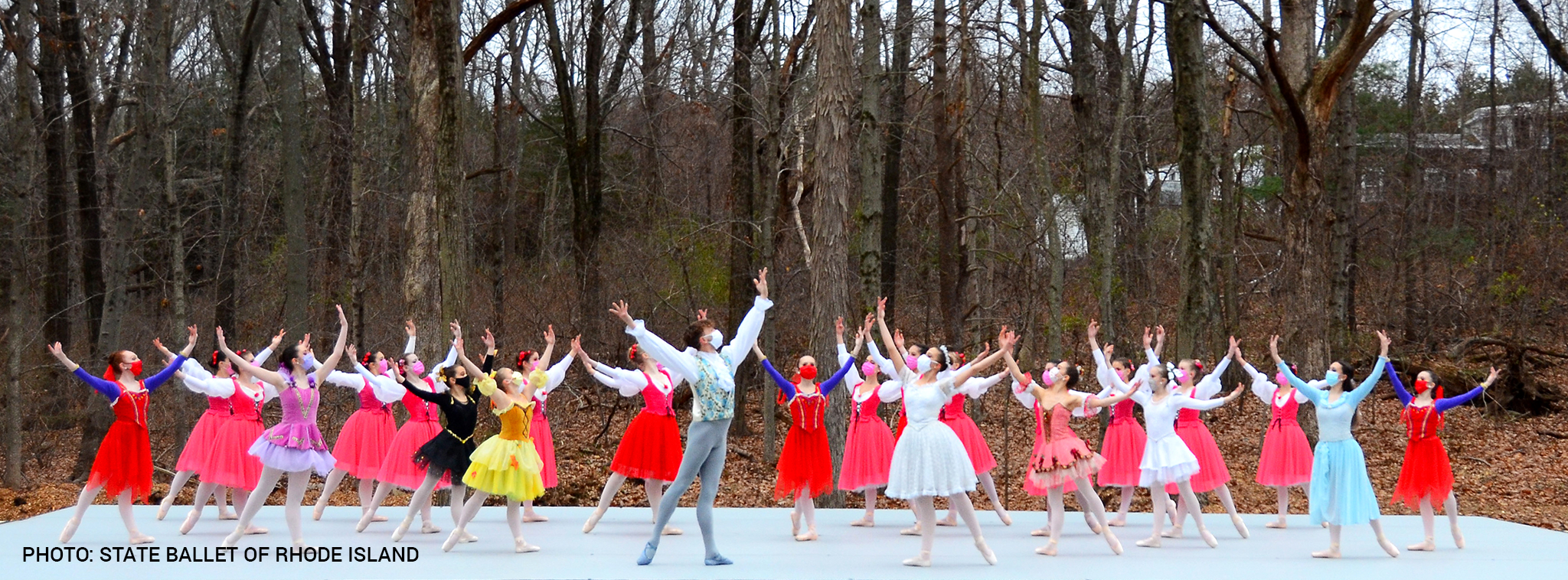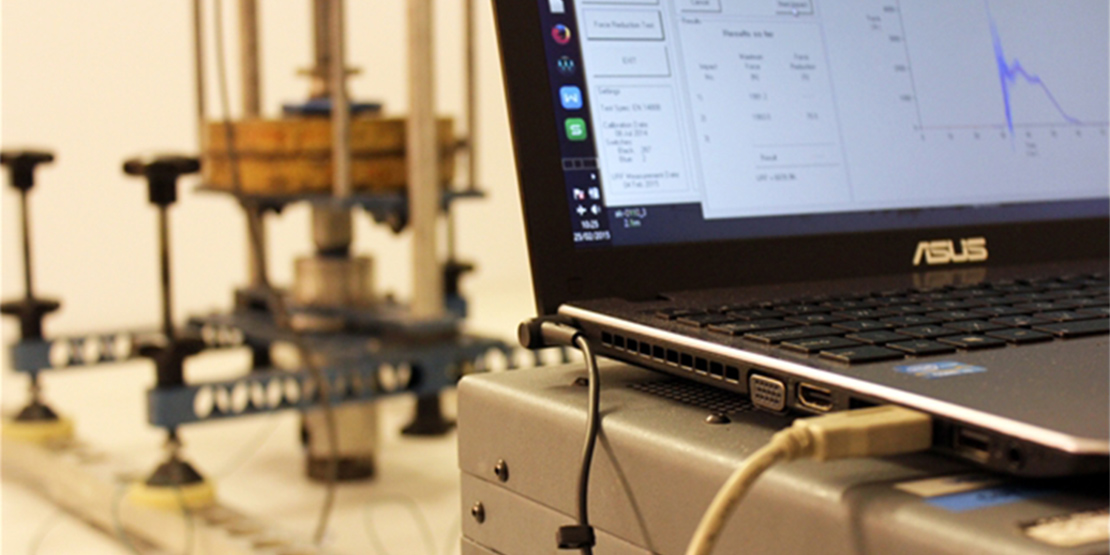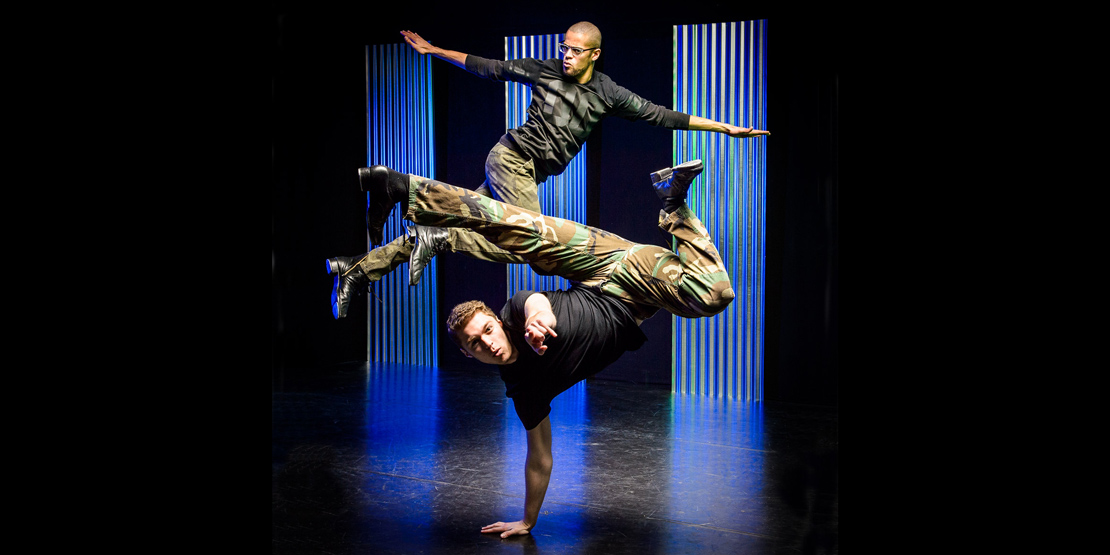
What Does It Take to Make a Safe Outdoor Stage for Dance?
Dance Magazine,
Warmer weather is just around the corner, and with it comes a light at the end of a hibernation tunnel for many dance organizations: a chance to perform again. The great outdoors has become an often-preferred performance venue but, of course, nature likes to throw its curveballs.

